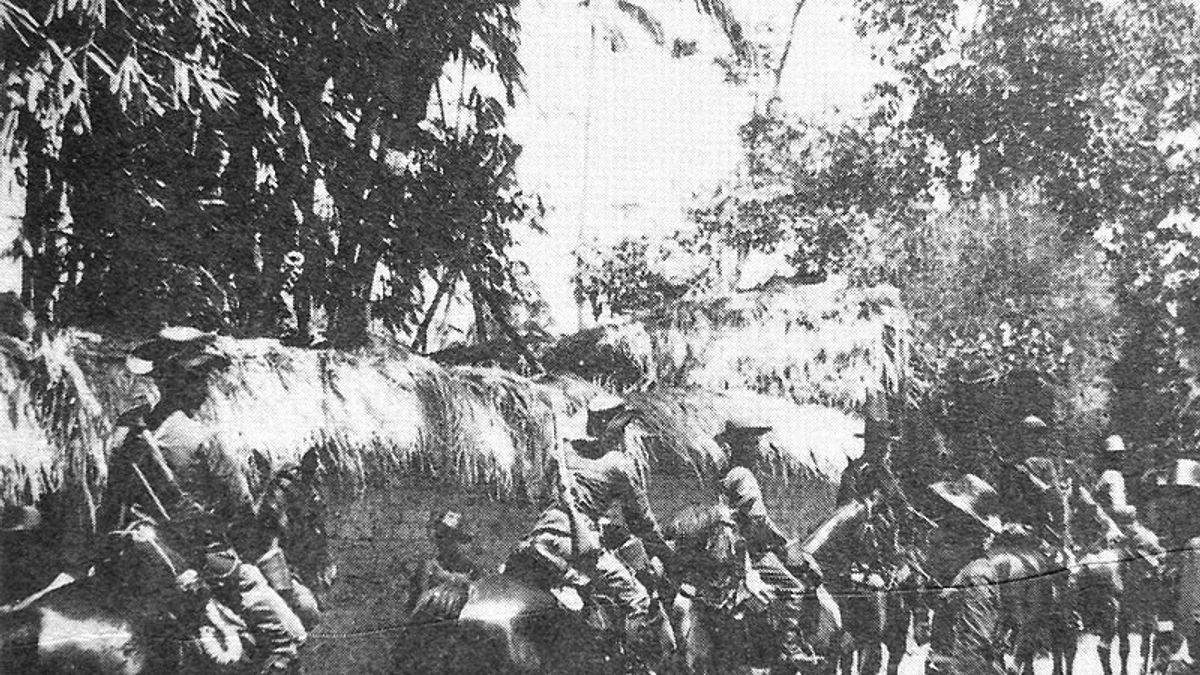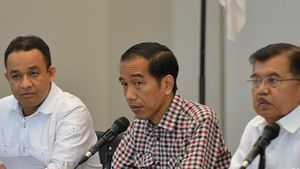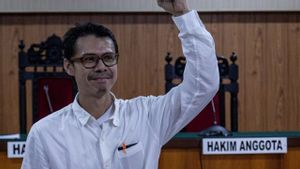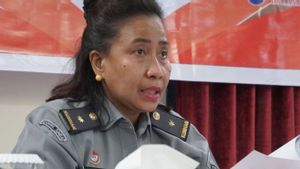JAKARTA - Today's history in Indonesia, July 26, 1950, records the disbandment of the Koninklijk Nederlandsch-Indische Leger (KNIL), or in Indonesian it is called the Royal Dutch East Indies Army. This is the Dutch East Indies colonial army, which was formed on August 28, 1814 after power in the archipelago was returned from the VOC to the Kingdom of the Netherlands.
At first, KNIL was a private army, a type of PAM Swakarsa, which was formed to crush small rebellions in the Dutch colonies. However, 16 years later, the 43rd Governor General of the Dutch East Indies, Johannes van den Bosch who served from 1830-1834, issued the Algemenee Orders voor het Nederlandsch-Oost-Indische leger or General Order for the Dutch East Indies Army.
The essence of the warrant was the stipulation of the private army formed by the Dutch into a separate, official force for the Dutch East Indies. The position of the KNIL which had been inaugurated as the Dutch East Indies Army by a warrant from Van den Bosch on December 4, 1830, was further strengthened by the decision of the first King of the Netherlands, Willem I Frederik in 1836.

King Willem I added the word Koninklijk, or Kingdom to the Nederlandsch Oost-Indische Lager. So that the Dutch East Indies army unit became part of the Royal Netherlands Armed Forces, and was called the Royal Dutch East Indies Army.
The trigger for the formation of the KNIL was none other than the Java Land War, which was the resistance of Prince Diponegoro in 1825-1830.

“The colonial government was surprised when Prince Diponegoro united different population groups in 1825 and launched the Java War. The Dutch did not have a suitable answer for the Diponegoro guerrillas. It was only when General De Kock divided the troops into smaller units and built forts throughout Central Java that the Dutch could win.”
"As a result of the Java War, in 1830 an independent colonial force was formed, which was later called the Royal Dutch East Indies Army (KNIL)," Lieutenant Colonel WL Plink wrote in the article De Datum van Oprichting van het Koninklijk Nederlandsch-Indische Lager on July 26 1950.
Contains Desertion Army MercenariesIt was not easy to manage the KNIL, because of the long distance between the Kingdom of the Netherlands and the colonies of the Dutch East Indies. The Governor-General had never used the term Royal Dutch East Indies Army for almost a century, because in fact the status of this army was different from that of the Royal Dutch Army.
Dutch law forbade conscripts to be placed in the colonies, so mercenaries were recruited to fill the KNIL troops. The mercenaries came from local residents, or Europeans with nationalities other than the Netherlands. Most come from France, Germany, Switzerland and Belgium.
There are even troops recruited from Africa, such as Burkina Faso or Ghana. Even if there were Dutch people, most of them came from soldiers who committed violations or desertions. Instead of being imprisoned or fired in the Netherlands, they were given the option to continue serving the country by being placed in the Dutch East Indies.

“For example, from 1831-1872, 3,085 people were imported from West Africa for the KNIL. Moluccans and indigenous people (such as Javanese) are also part of the KNIL. From 1814 to 1909 the colonial army shelter was in the town of Harderwijk, which served as a meeting place for soldiers in Europe before being stationed in the Dutch East Indies.”
“In 1832, the KNIL had 640 officers and 21,486 soldiers. In 1882 the number of KNIL troops almost reached 30 thousand soldiers. In 1930 it was recorded that the KNIL had 37 thousand soldiers,” as written in the book Echo's van Indie by Kester Freiks.
The Royal Dutch East Indies Army or KNIL was officially disbanded on July 26, 1950, which is one of the historical records of today in Indonesia. The dissolution of the KNIL was caused by an international agreement reached at the Round Table Conference (KMB). The KMB was held in The Hague, August-December 1949. The former KNIL which at that time had a strength of 65,000 troops, as many as 26 thousand joined the United States of Indonesia Armed Forces (APRIS). The rest chose to retire or join the Royal Dutch Army.
The English, Chinese, Japanese, Arabic, and French versions are automatically generated by the AI. So there may still be inaccuracies in translating, please always see Indonesian as our main language. (system supported by DigitalSiber.id)









